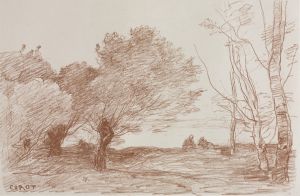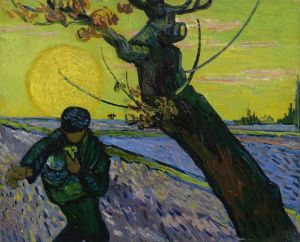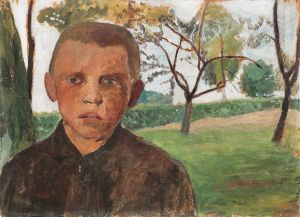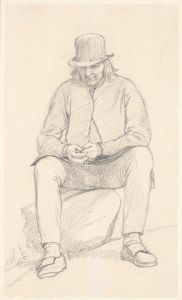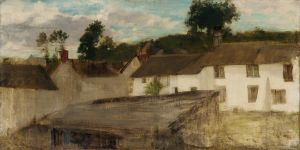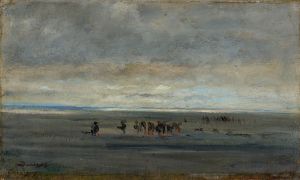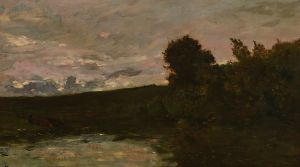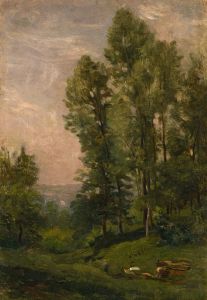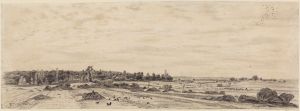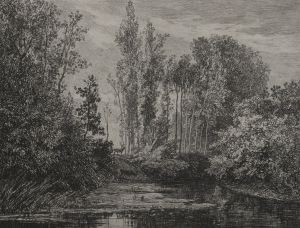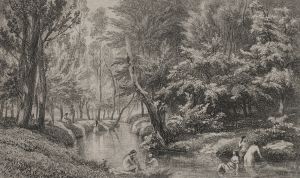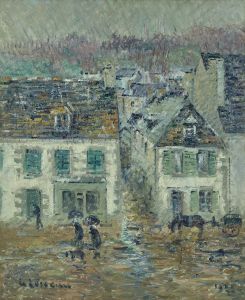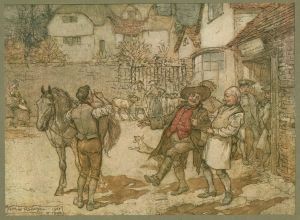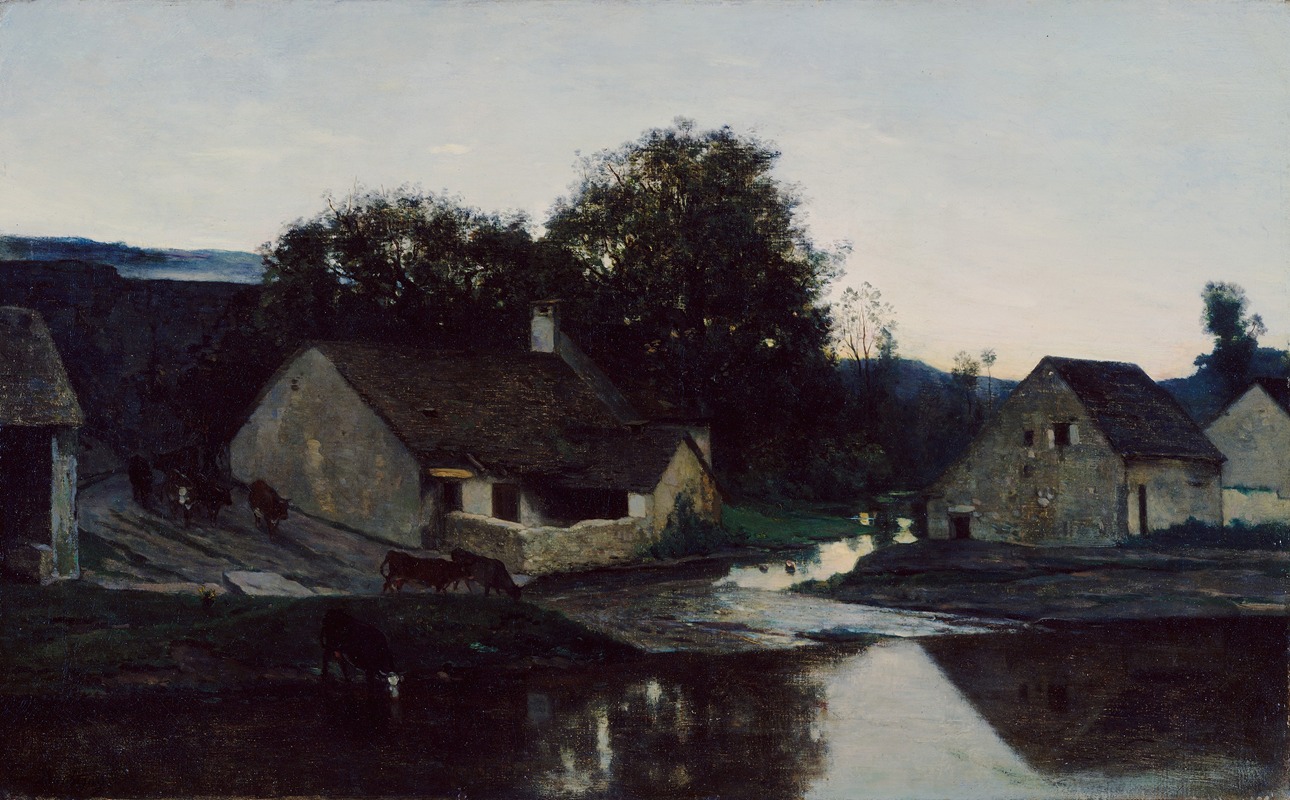
The Hamlet of Optevoz
A hand-painted replica of Charles François Daubigny’s masterpiece The Hamlet of Optevoz, meticulously crafted by professional artists to capture the true essence of the original. Each piece is created with museum-quality canvas and rare mineral pigments, carefully painted by experienced artists with delicate brushstrokes and rich, layered colors to perfectly recreate the texture of the original artwork. Unlike machine-printed reproductions, this hand-painted version brings the painting to life, infused with the artist’s emotions and skill in every stroke. Whether for personal collection or home decoration, it instantly elevates the artistic atmosphere of any space.
"The Hamlet of Optevoz" is a painting by the French artist Charles François Daubigny, who was a prominent figure in the Barbizon School of painters. Daubigny was born on February 15, 1817, in Paris, France, and he became known for his landscape paintings, which often depicted rural scenes and the natural environment.
The painting "The Hamlet of Optevoz" was created in 1852. It captures a serene rural scene in the small village of Optevoz, located in the Isère department in southeastern France. This region is known for its picturesque landscapes, which provided ample inspiration for Daubigny and other artists of the Barbizon School.
Daubigny's work is characterized by its attention to natural light and atmospheric effects, and "The Hamlet of Optevoz" is no exception. The painting features a tranquil village scene with rustic buildings, trees, and a gentle stream running through the landscape. The use of light and shadow in the painting creates a sense of depth and realism, highlighting Daubigny's skill in capturing the essence of the natural world.
The Barbizon School, to which Daubigny belonged, was a movement of mid-19th-century French painters who were part of a broader trend towards realism in art. These artists sought to break away from the formalism and idealization of academic painting, instead focusing on the direct observation of nature. They often painted en plein air (outdoors) to capture the changing effects of light and atmosphere.
Daubigny's approach to painting was influential in the development of landscape art, and his work had a significant impact on later artists, including the Impressionists. His emphasis on capturing the transient effects of light and his loose, expressive brushwork can be seen as a precursor to the techniques used by artists like Claude Monet and Camille Pissarro.
"The Hamlet of Optevoz" exemplifies Daubigny's dedication to depicting the beauty of the French countryside. The painting's composition draws the viewer's eye into the scene, inviting them to explore the quiet charm of the village and its surroundings. The harmonious color palette and the careful rendering of natural elements reflect Daubigny's deep appreciation for the landscape.
Throughout his career, Daubigny received recognition for his contributions to art. He exhibited regularly at the Paris Salon, where his works were well-received by critics and the public alike. His paintings are now held in numerous prestigious collections, including the Musée d'Orsay in Paris and the National Gallery in London.
In summary, "The Hamlet of Optevoz" by Charles François Daubigny is a notable example of 19th-century French landscape painting. It captures the tranquil beauty of a rural village with a keen eye for natural detail and atmospheric effects, reflecting the artist's skill and his influence on the development of landscape art.





